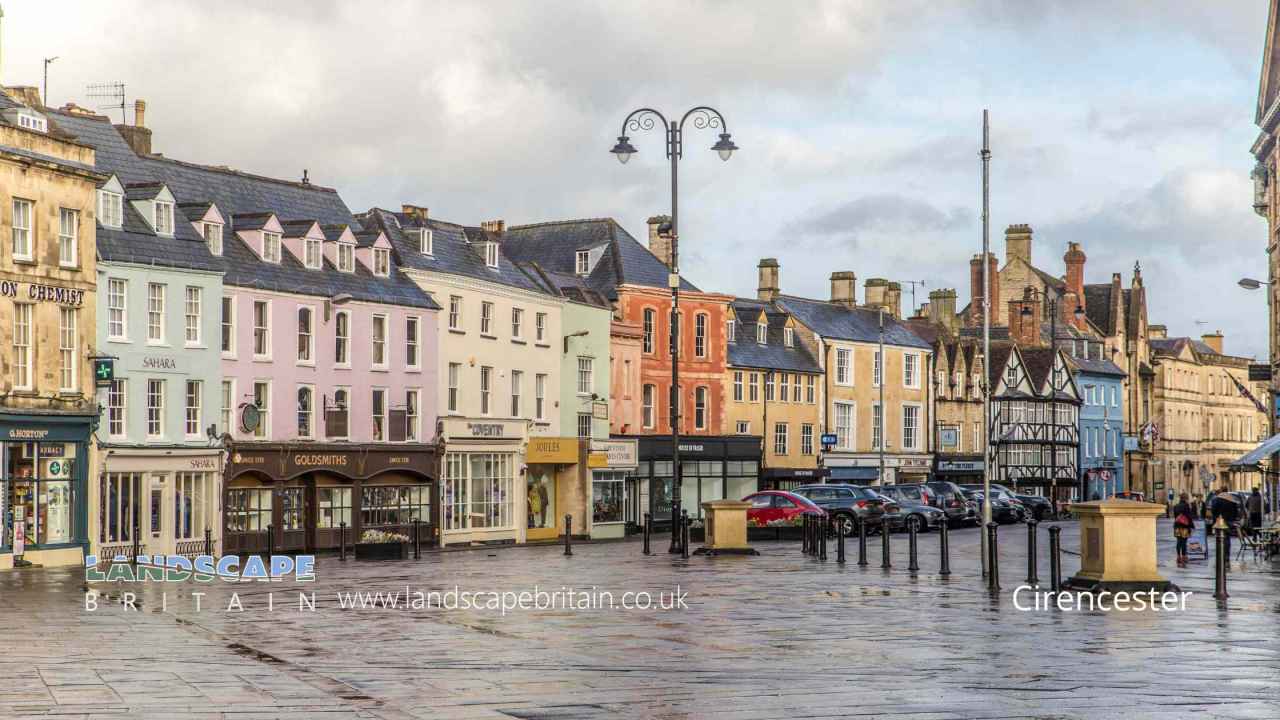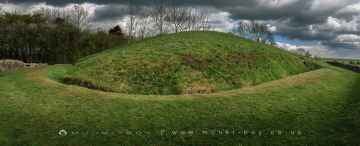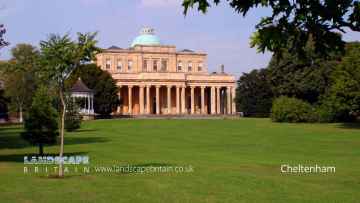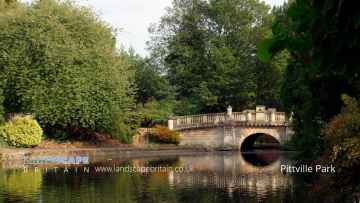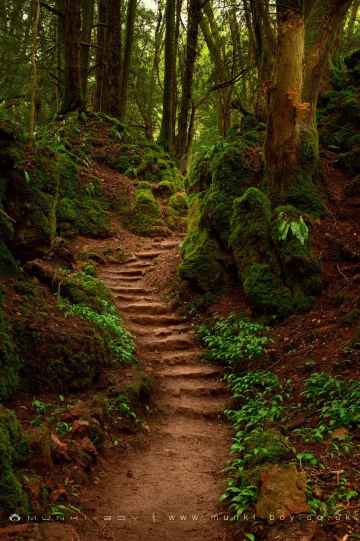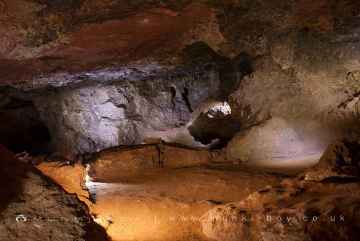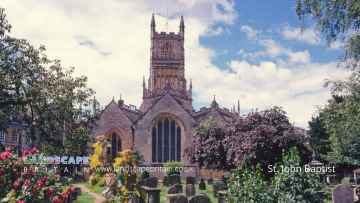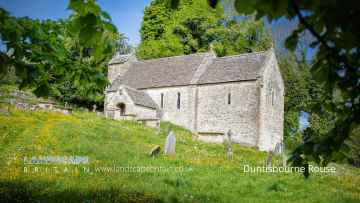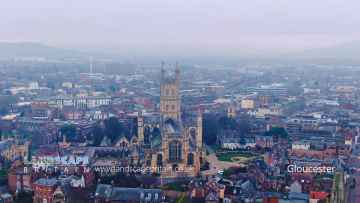Cirencester is a Town in the county of Gloucestershire.
Cirencester, often referred to as the “Capital of the Cotswolds,” is a market town rich in history and architectural beauty, nestled in the heart of the Cotswolds, a rural area of England known for its picturesque landscapes and quaint villages. The town’s history dates back to the Roman era when it was known as Corinium Dobunnorum, one of the most significant Roman towns in Britain after London. This rich history is still visible today, particularly in the Corinium Museum, which houses one of the largest collections of Roman artifacts in the UK.
The town’s layout reflects its Roman heritage, with streets radiating from its central market square, which has been a hub of activity for centuries. The Church of St. John the Baptist, a fine example of Perpendicular Gothic architecture, dominates the market square. Its large, fan-vaulted porch and impressive tower are notable features, making it a focal point for both locals and visitors.
Cirencester’s significance continued through the Medieval period, largely thanks to the wool trade, which brought considerable wealth to the area. This legacy is evident in the town’s splendid buildings, many of which were built with the profits from the wool industry. The town’s market heritage is still alive, with a regular charter market and a variety of specialist markets, including antique and farmers’ markets, attracting both locals and tourists alike.
In addition to its historical and architectural appeal, Cirencester is also known for its vibrant arts and culture scene. The town hosts various festivals and events throughout the year, ranging from music and literature to arts and crafts, reflecting the town’s creative spirit and community involvement.
Today, Cirencester is a blend of old and new, where ancient buildings house contemporary shops, cafes, and restaurants. It’s a popular destination for those seeking a slice of traditional English life, combined with the comforts and conveniences of modern living. The surrounding Cotswold countryside offers ample opportunities for outdoor activities such as walking, cycling, and horse riding, making Cirencester a perfect base for exploring the wider region.
There are great places to visit near Cirencester including some great ancient sites, historic monuments, towns, parks, hills, woodlands, geological features, caves, old mines, airports, historic buildings, villages and cities.
There are a several good ancient sites in the Cirencester area like Belas Knap Long Barrow, and Notgrove Long Barrow.
Belas Knap Long Barrow is a great place to visit close to Cirencester if you like historic monuments.
Don't miss Cheltenham, Coleford, and Cirencester's towns if visiting the area around Cirencester.
The area around Cirencester's best parks can be found at Pittville Park.
Cleeve Hill is a great place to visit close to Cirencester if you like hills.
Puzzlewood is one of Cirencester's best, nearby woodlands to visit in Cirencester.
Puzzlewood is one of Cirencester's best, nearby geological features to visit in Cirencester.
Clearwell Caves is one of Cirencester's best, nearby caves to visit in Cirencester.
Don't miss Clearwell Caves's old mines if visiting the area around Cirencester.
Gloucestershire Airport is one of Cirencester's best, nearby airports to visit in Cirencester.
There are a number of historic buildings near Cirencester including St. John Baptist Cirencester, and Gloucester Cathedral.
Duntisbourne Rouse, and Rodmarton are some of Cirencester best villages to visit near Cirencester.
There are a number of cities near to Cirencester including Gloucester.
Cirencester History
There are some historic monuments around Cirencester:
Places to see near Cirencester
Etymology of Cirencester
The name stem Corin is cognate with Churn (the modern name of the river on which the town is built) and with the stem Cerne in the nearby villages of North Cerney, South Cerney, and Cerney Wick; also on the River Churn. The modern name Cirencester is derived from the cognate root Ciren and the standard -cester ending indicating a Roman fortress or encampment. It seems certain that this name root goes back to pre-Roman times and is similar to the original Brythonic name for the river, and perhaps the settlement. An early Welsh language ecclesiastical list from St David’s gives another form of the name Caerceri where Caer is the Welsh for fortress and Ceri is cognate with the other forms of the name.
History of Cirencester
The Roman amphitheatre still exists in an area known as the Querns to the south-west of the town, but has only been partially excavated. Investigations in the town show that it was fortified in the 5th or 6th centuries. Andrew Breeze argued that Gildas received his later education in Cirencester in the early 6th century, showing that it was still able to provide an education in Latin rhetoric and law at that time. Possibly this was the palace of one of the British kings defeated by Ceawlin in 577. It was later the scene of the Battle of Cirencester, this time between the Mercian king Penda and the West Saxon kings Cynegils and Cwichelm in 628. The minster church of Cirencester, founded in the 9th or 10th century, was probably a royal foundation. It was made over to Augustinian canons in the 12th century and replaced by the great abbey church. At the Norman Conquest the royal manor of Cirencester was granted to the Earl of Hereford, William Fitz-Osbern, but by 1075 it had reverted to the Crown. The manor was granted to Cirencester Abbey, founded by Henry I in 1117, and following half a century of building work during which the minster church was demolished, the great abbey church was finally dedicated in 1176. The manor was granted to the Abbey in 1189, although a royal charter dated 1133 speaks of burgesses in the town.









